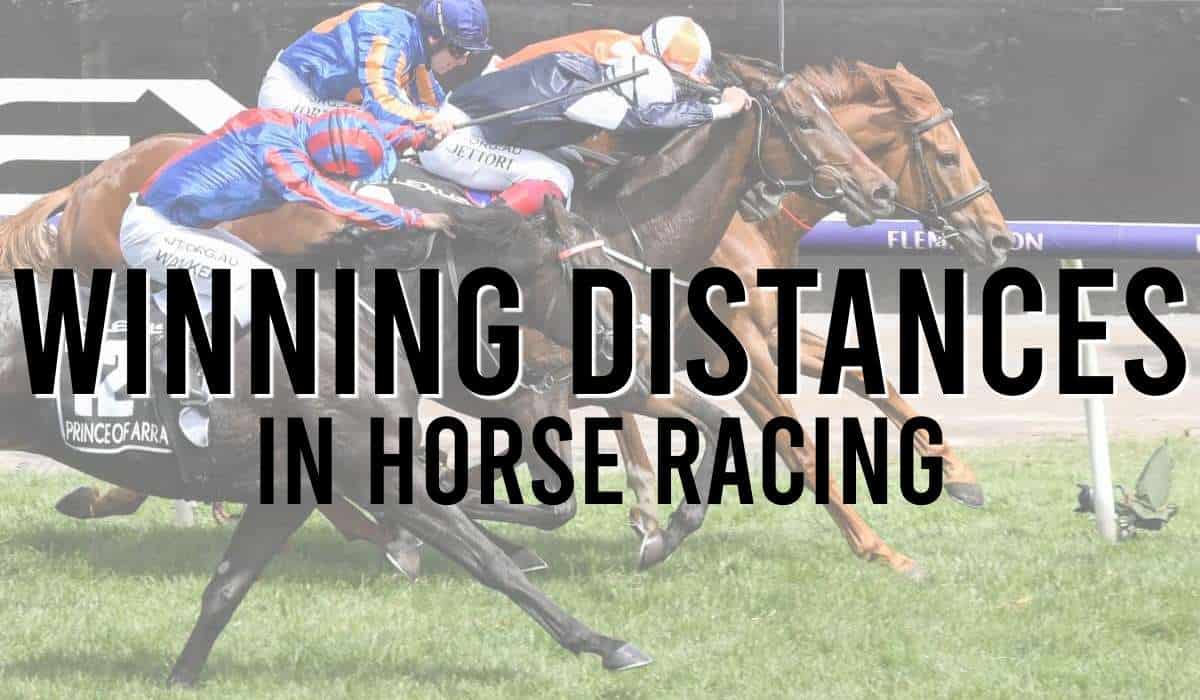False starts can happen for a number of reasons in horse racing.
All national hunt racing begins without stalls and this can lead to plenty of false starts.
A false start in horse racing is when the steward (starter) responsible for getting the horse race underway calls horses back to ‘begin’ again. The starter waves his flag and AFO (Advance Flag Operator) recalls all the horses to the start.
In our False Starts in Horse Racing guide, we explain the roles of the British Horseracing Authority (BHA) trained racecourse staff to try and prevent a false start from happening.
How do False Starts happen on National Hunt Racing?
Here are the most commons reasons why false starts happen on National Hunt Racing:
- Jockeys line up and commence to move forward before the Starter raises their flag
- Horses are approaching the start faster than a jig jog before the tape is released and the flag lowered
- Thoroughbred horses get too close to the tape it catches a racehorse as the tape is released
Herding horses into a ‘fair’ position to start a horse race without anyone being disadvantaged is a difficult task.
How Does the Starter Indicate a False Start?
The Starter stood in the starter’s rostrum, will wave their flag to indicate that the race will not be started and the field must pull up.
Should the field be unable to pull up, the tape may be released for safety reasons but the Starter will continue to wave their flag and declare a false start which will be reciprocated by the AFO (Advance Flag Operator).
The Advance Flag Operator will recall the racehorses back to the start.
What Happens After a False Start in Jump Racing?
If there is a false start on the first attempt the Advance Flag Operator will recall all horses to the start.
The field will regroup at the marker poles and a standing start to the satisfaction of the Starter.
The horses will no longer be allowed a walking start and will line up at the starting point.
There will not be a further attempt at a walk-in start and runners will not be sent back further than is necessary to regroup at the marker poles.
What is a Recall Man?
A recall man is a trained racecourse official who signals a false start to jockeys positioned furthest from the starter.
The official name for a recall man is an ‘advanced flag operator’ who is trained and accredited by the British Horseracing Authority (BHA).
The “advance flag operator” is equipped with a yellow recall flag and wears a white overcoat and has a whistle.
The Advance Flag Operator (AFO) will also wave their flag to enable riders furthest away from the Starter to understand that the race will not be started.
The recall man (BHA-trained advanced flag operator) must raise his yellow flag when signalled to do so by the starter and is positioned some way down the track.
If the starter signals a false start the advance flag operator will wave his flag above his head and blow his whistle until the field pulls up on the run to the first fence.
What Happens if Recall Man Fails to Stop The Horses?
If the recall man fails to stop the racehorses the race is deemed void and cancelled.
An infamous recall man in the history of British horse racing was Ken Evans, a part-time employee who was singled out by the Jockey Club for failing to stop what became known as the ‘Grand National that never was’ in 1993.
Many blame the starter Keith Brown who raised his flag to signal a second false start but did not unfurl it so were unaware of any instruction to stop and set off around the racecourse.
Grand National False Start
When betting on the 2024 Grand National there is a great chance the horse race might not start on the first attempt.
The start of the Grand National is a very difficult job because you have 40 runners and riders all attempting to line up to get a great start in the famous race.
False starts can be common at the Grand National – as with many other jumps races taking place in the UK and Ireland during the National Hunt season.
How many false starts are allowed in Grand National?
There are unlimited false starts allowed in the Grand National but the starter can withdraw horses if they are playing up.
Any Grand National racehorse who is responsible for two false starts shall be disqualified by the horse racing starter
The starter has a big job to attempt lining up 40 thoroughbred horses all keen to get started.
When was the last false start at the Grand National?
The last false start at the Grand National was in 2019.
The 40 runners and riders were forced into a standing start for the 2019 Grand National.
How False Starts Happen on Flat Racing?
Flat racing start in the stalls and false starts can still occur when a thoroughbred horse breaks through the starting gates before they open.
If a racehorse opens the stalls prior to the flat race starting it is deemed a false start.
Summary
We hope you have enjoyed our guide to false starts in horse racing be sure to check out our other blogs for more info on racing news and views.
Related Racing Articles
- Betting Slips

- Do Horses Enjoy Racing?
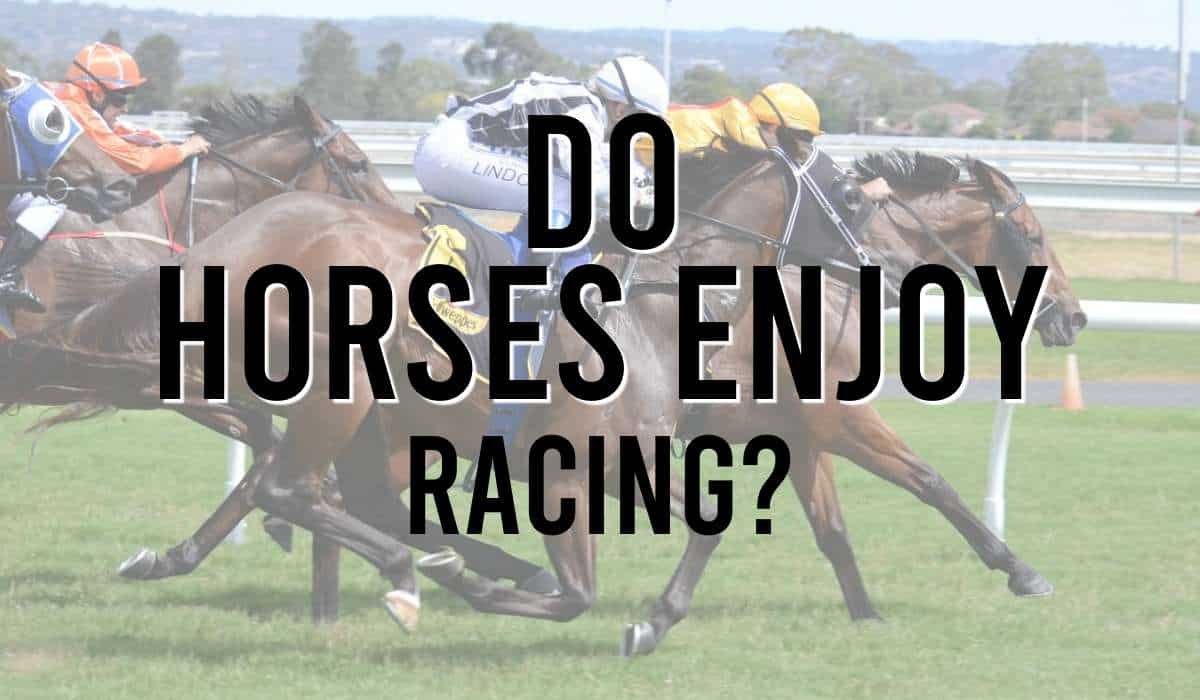
- Dresses For The Races
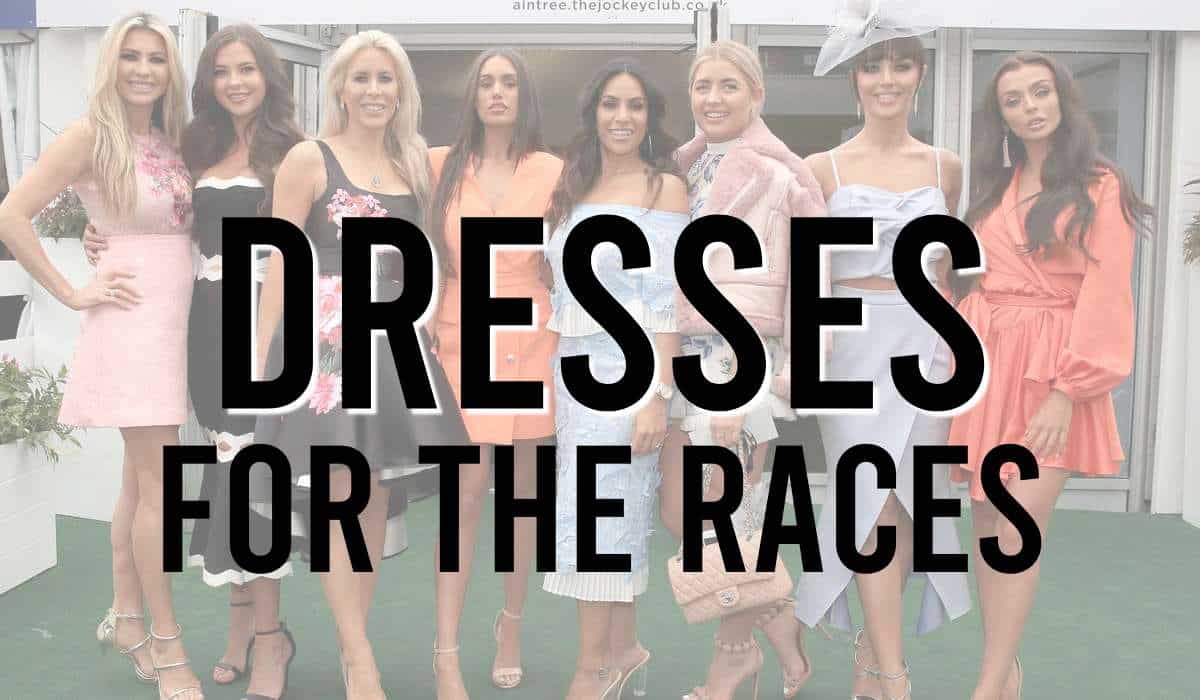
- Each Way Bet
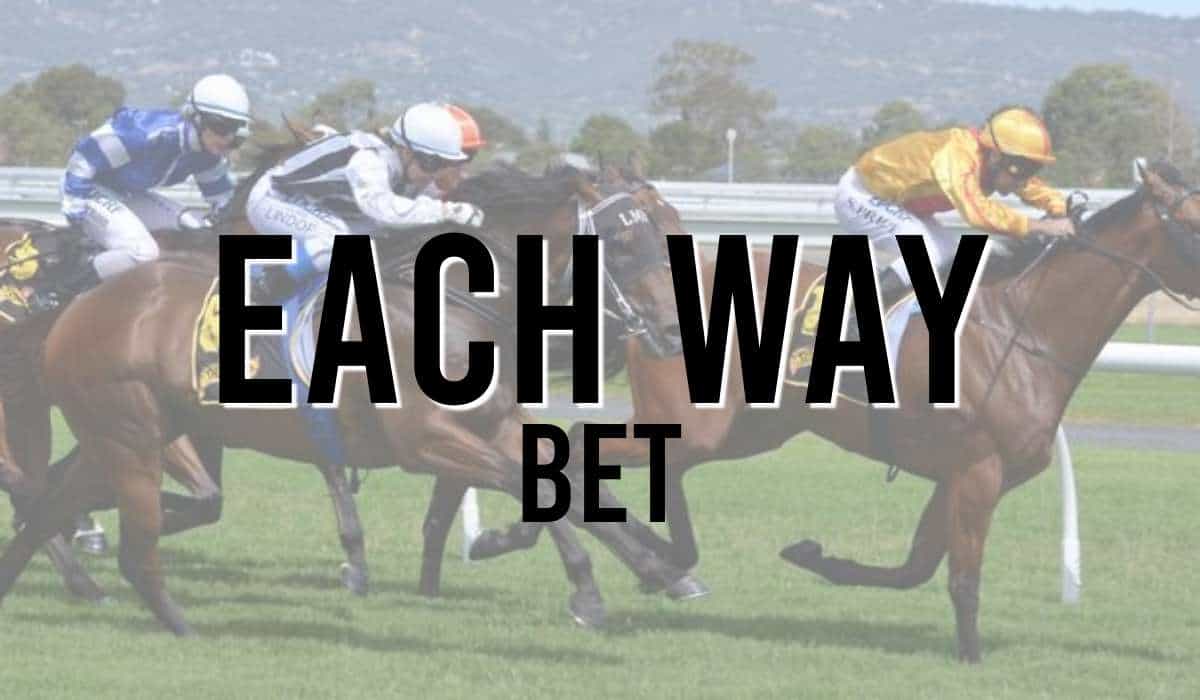
- False Starts in Horse Racing
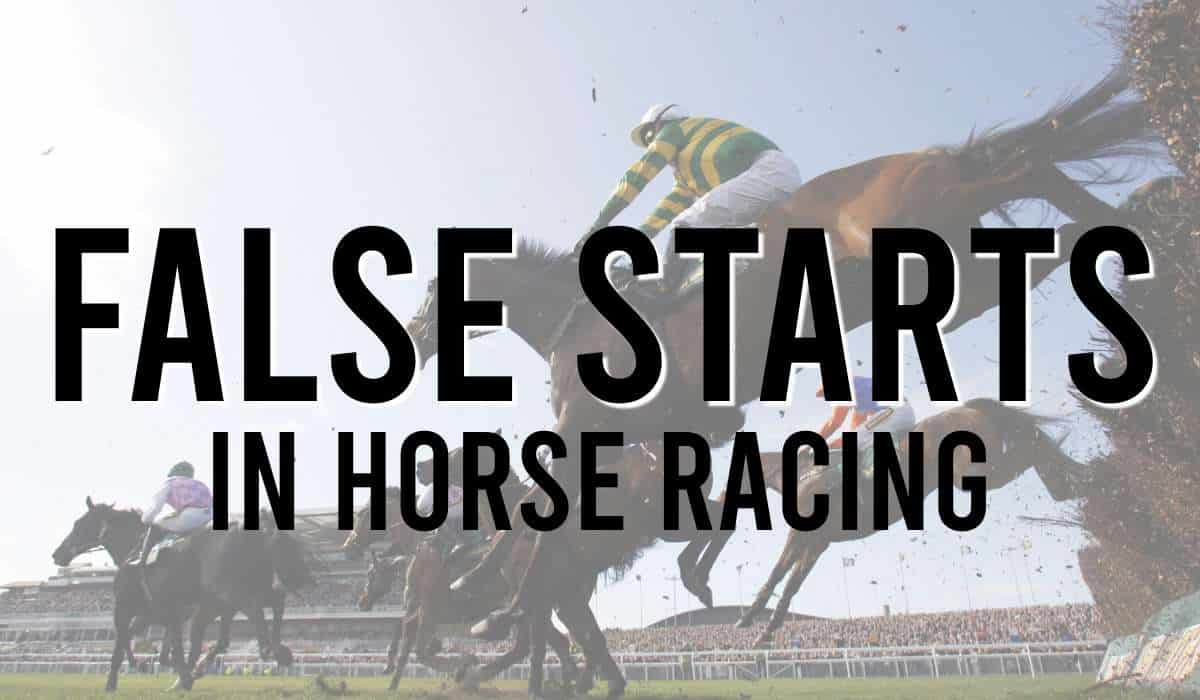
- German Horse Racing
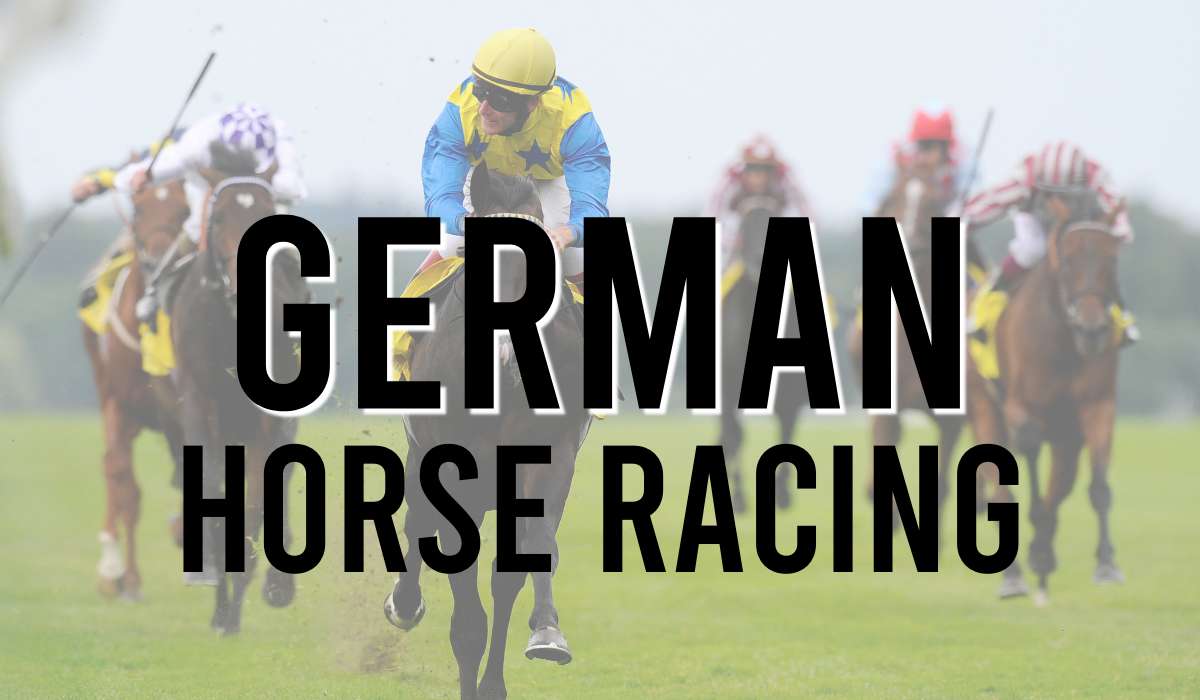
- Horse Racing Betting Terms
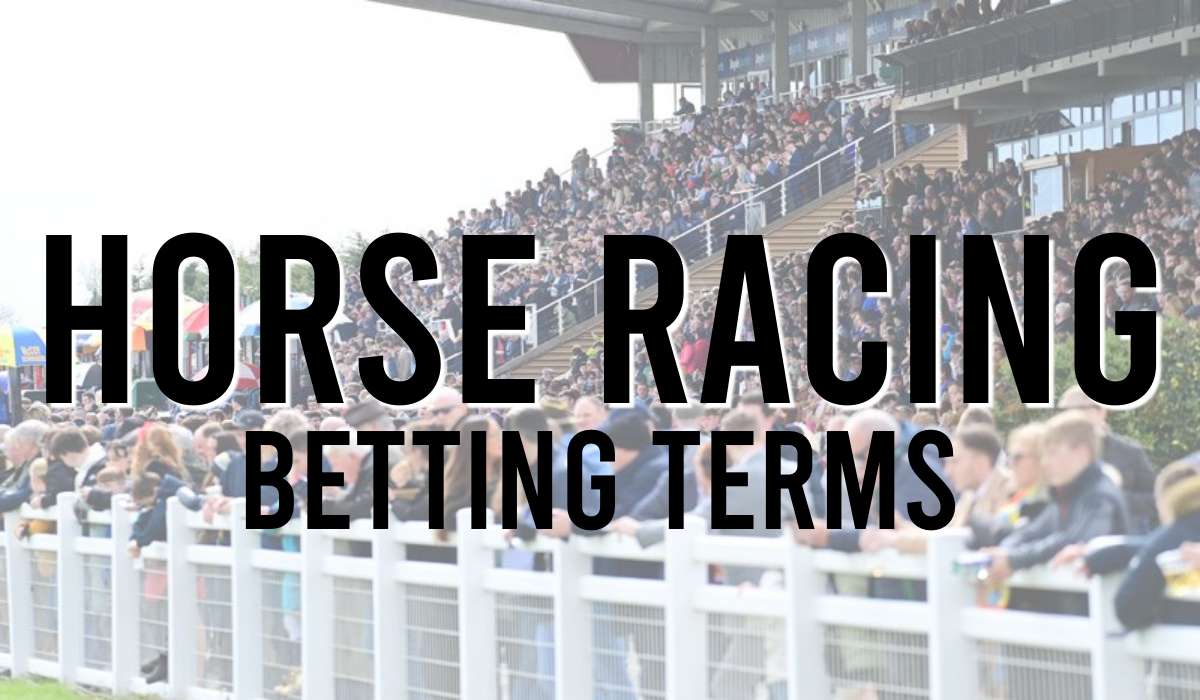
- Horse Racing Hurdles Guide
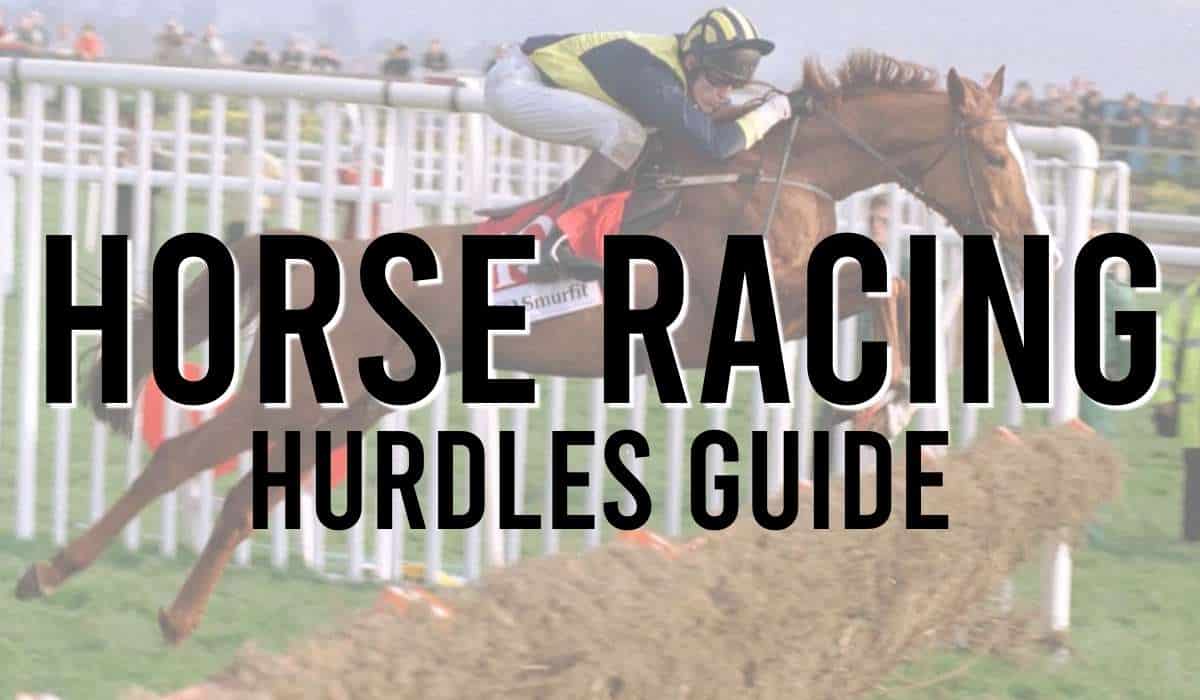
- Horse Racing Memes
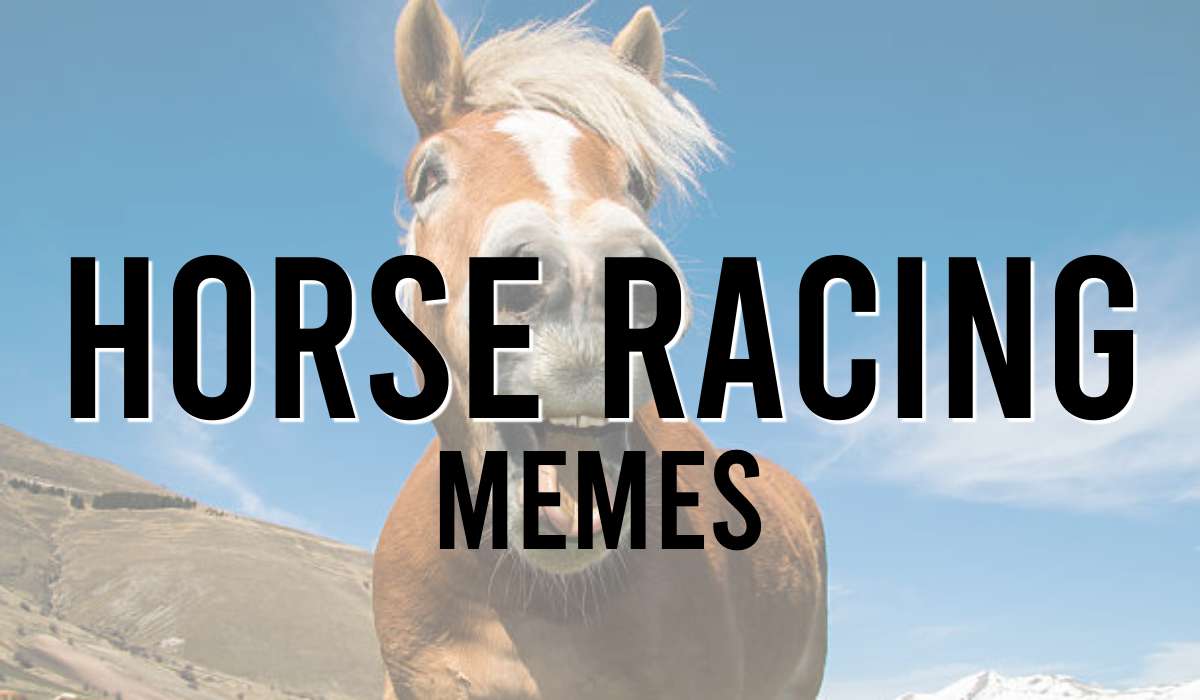
- Horse Racing Questions
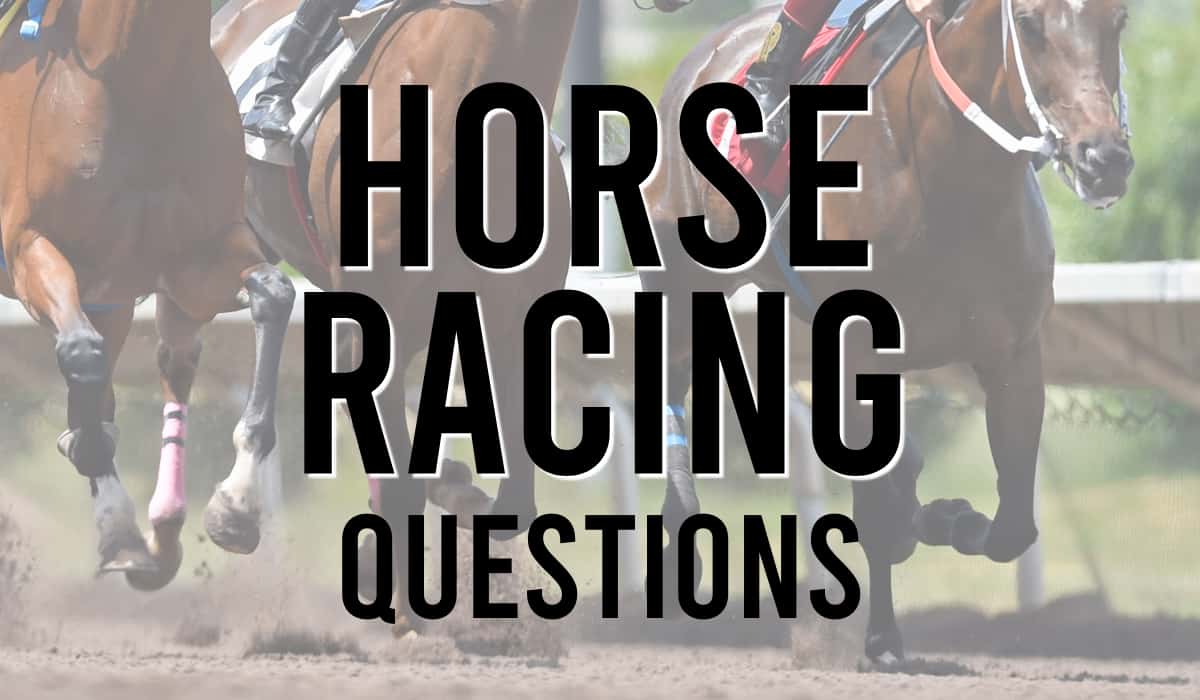
- How Long is a Horse Race?
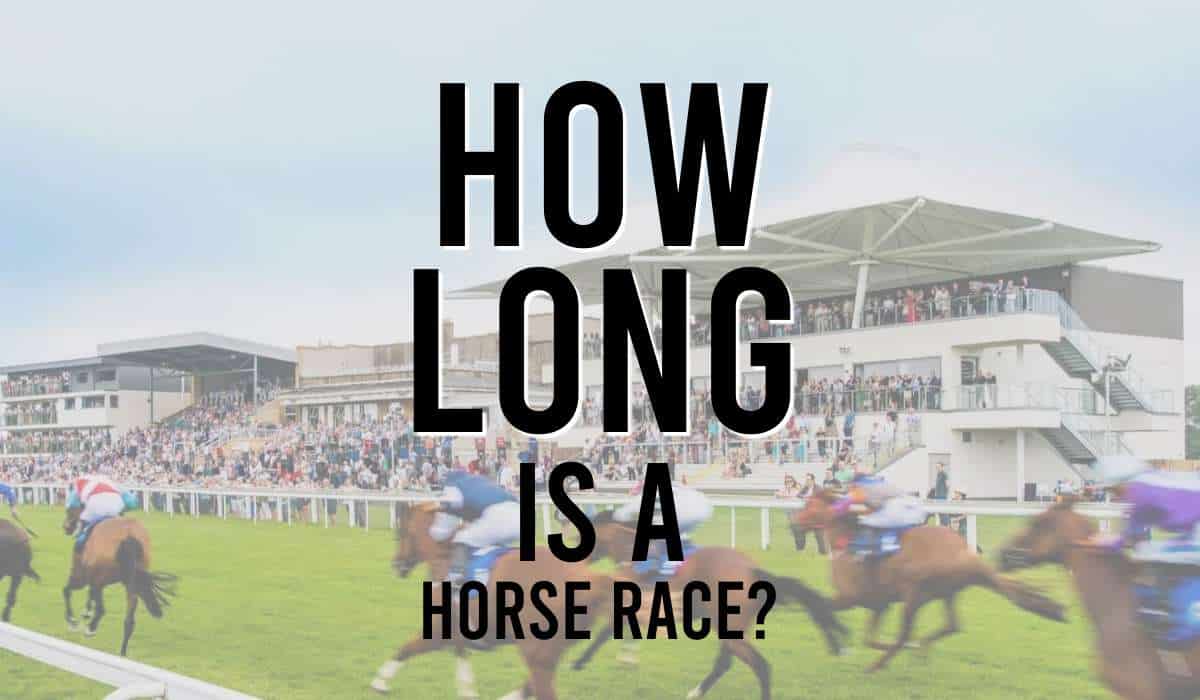
- How to Place a Bet
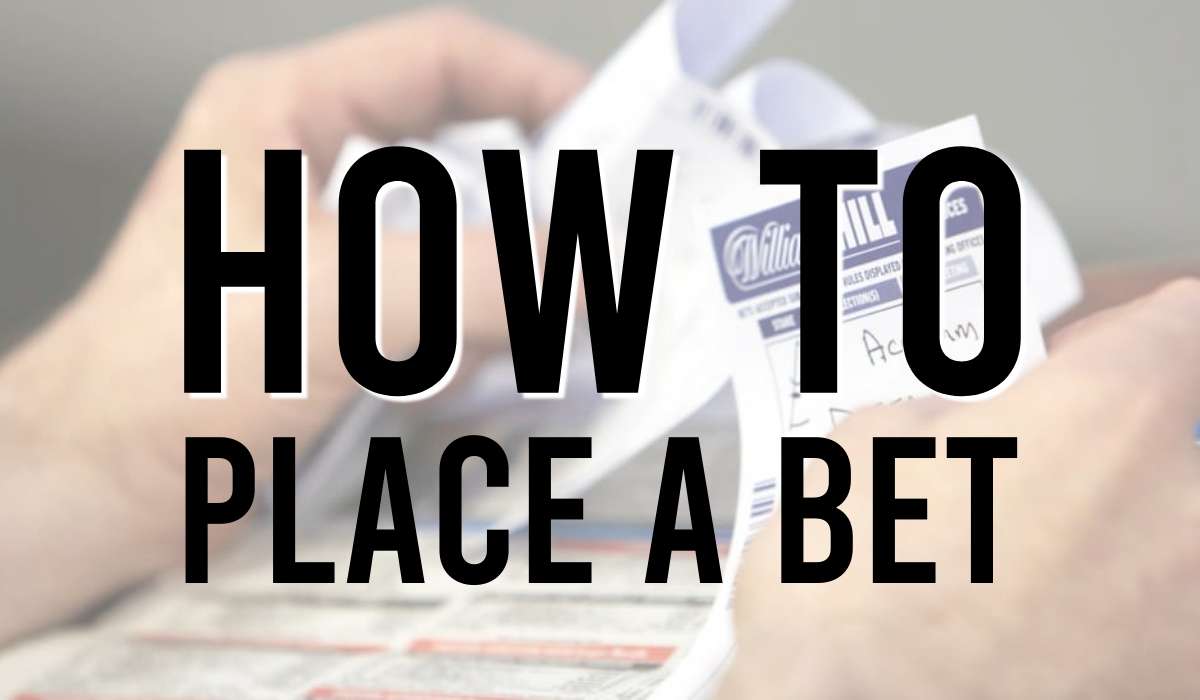
- Is Horse Racing Fixed?
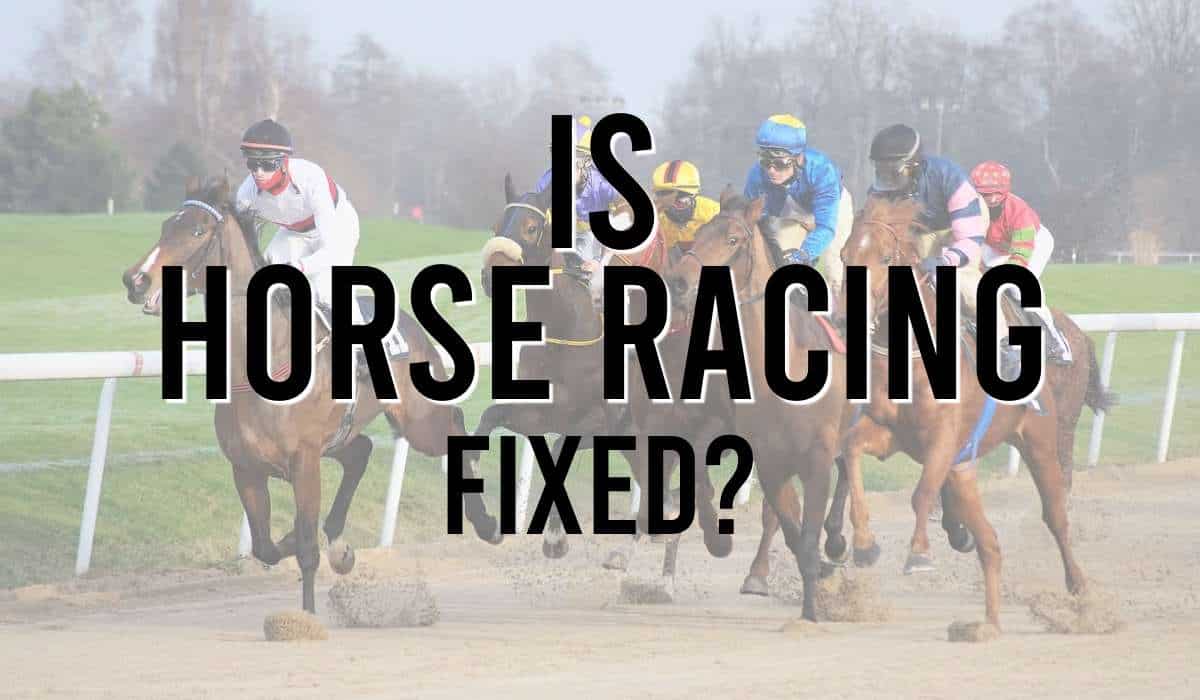
- Rule 4 Deductions
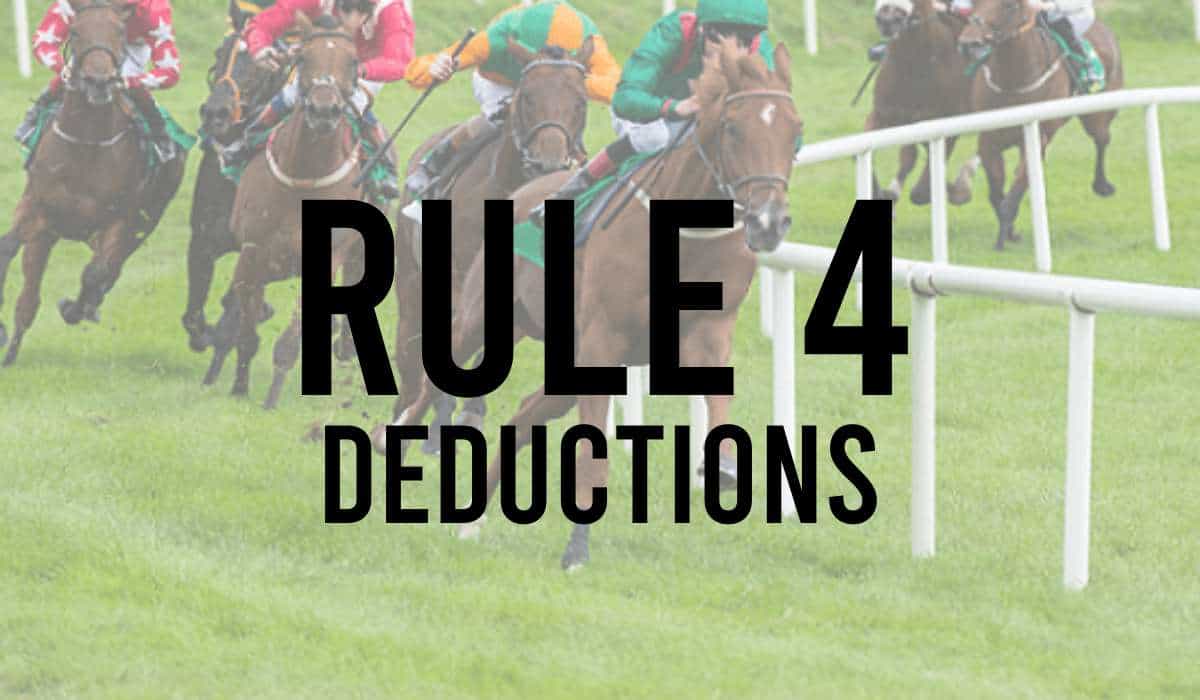
- SCR Horse Racing
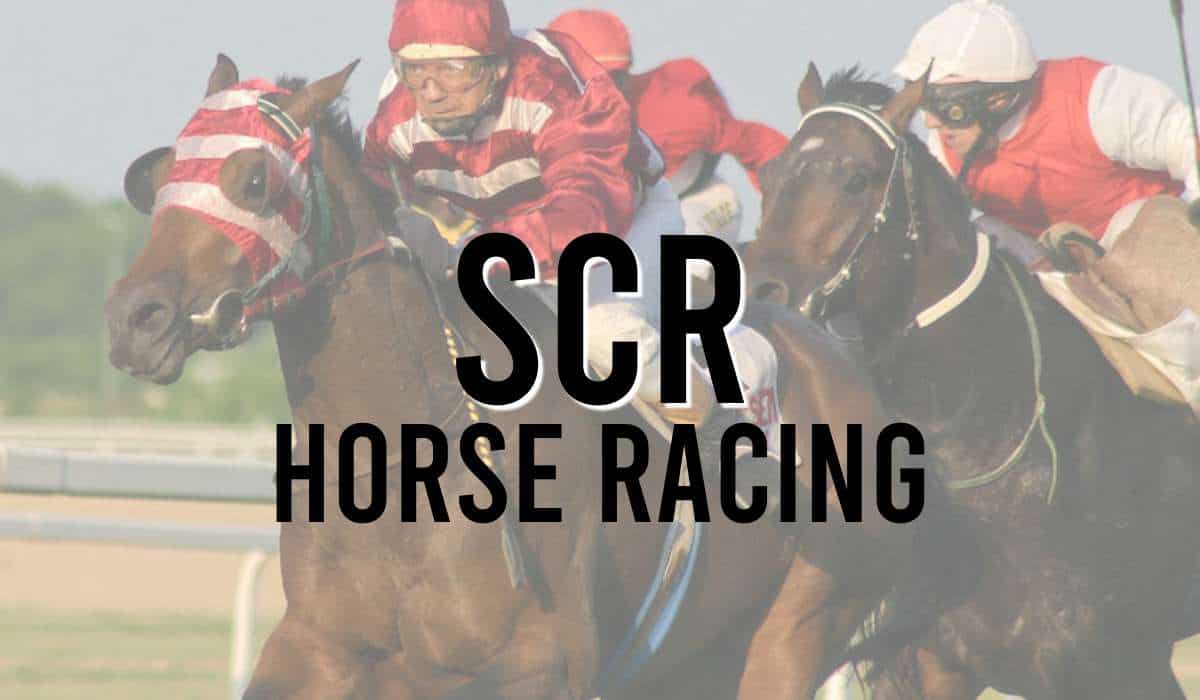
- Top Ten Racecourses in the United Kingdom
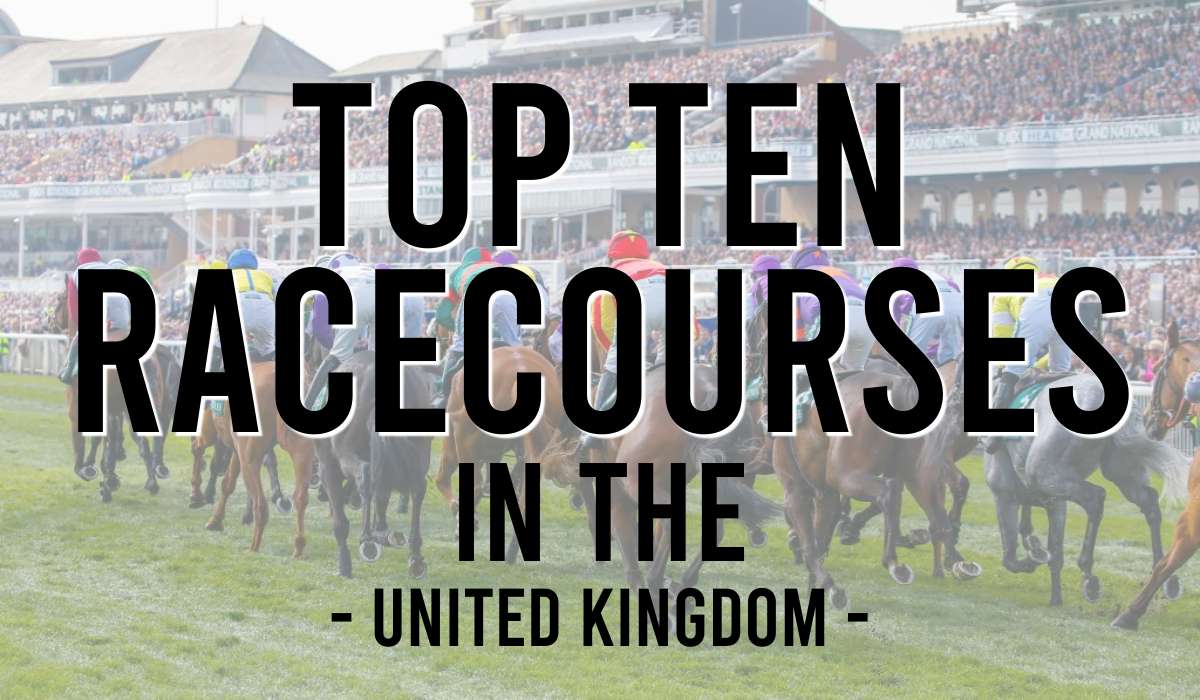
- Type of Horse Races
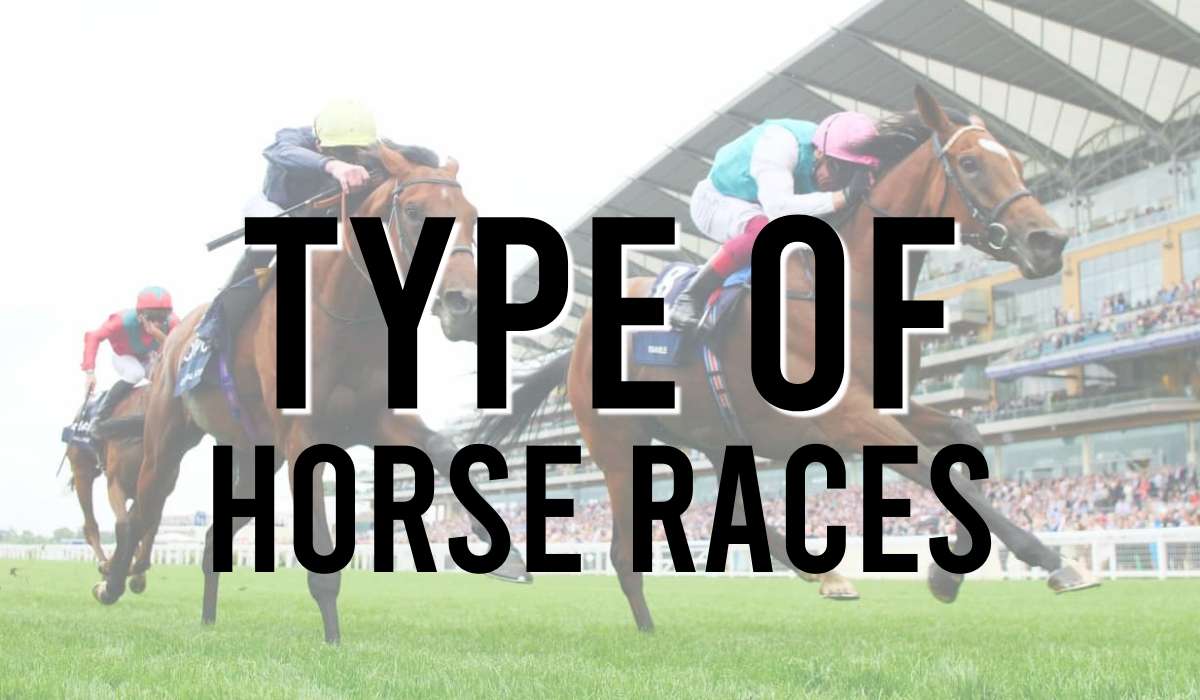
- What is a Handicap Horse Race?
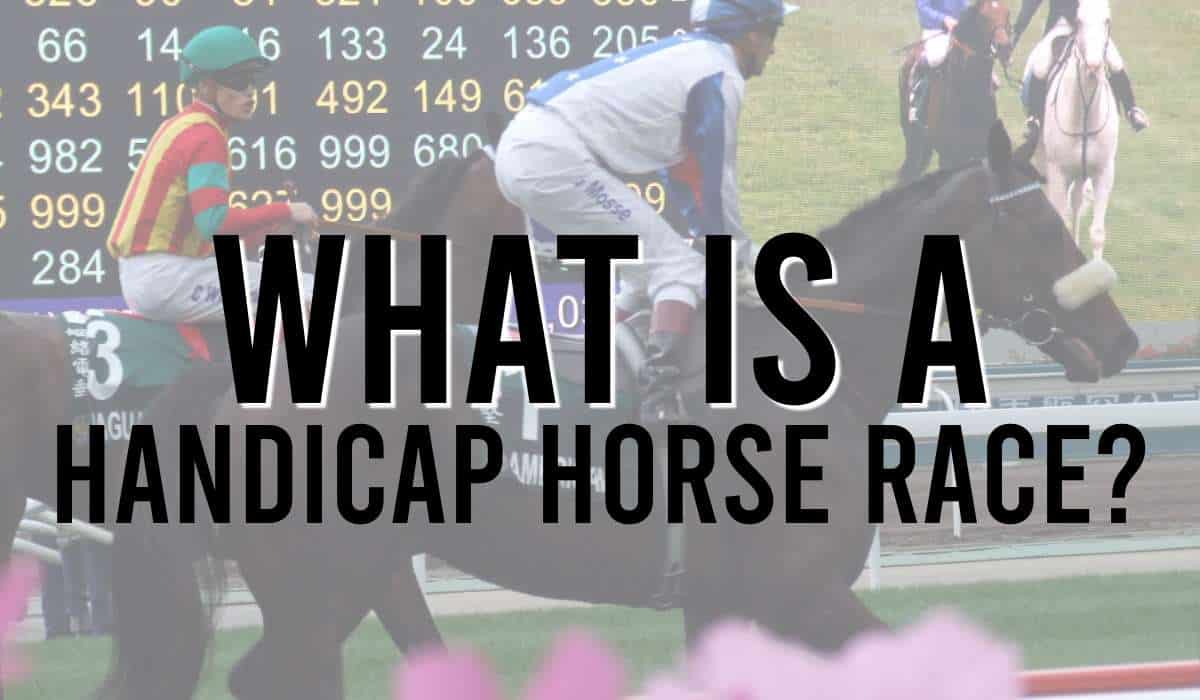
- What Is A Stewards Enquiry In Horse Racing?
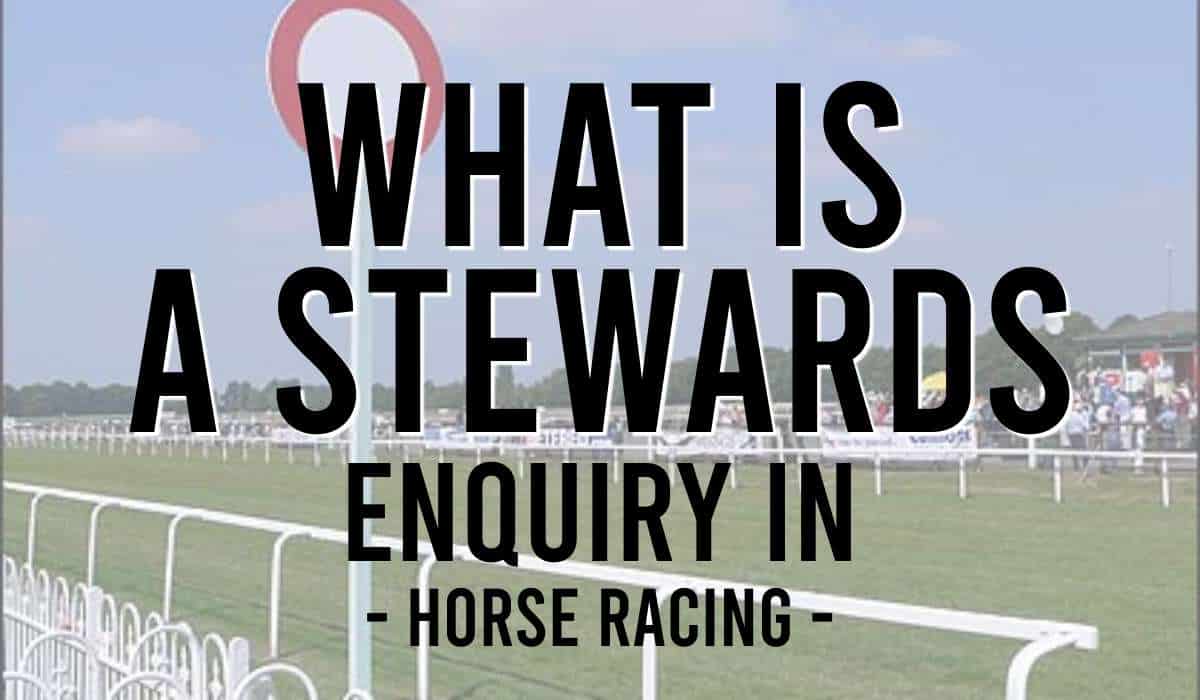
- What is the Best Post Position in Horse Racing?
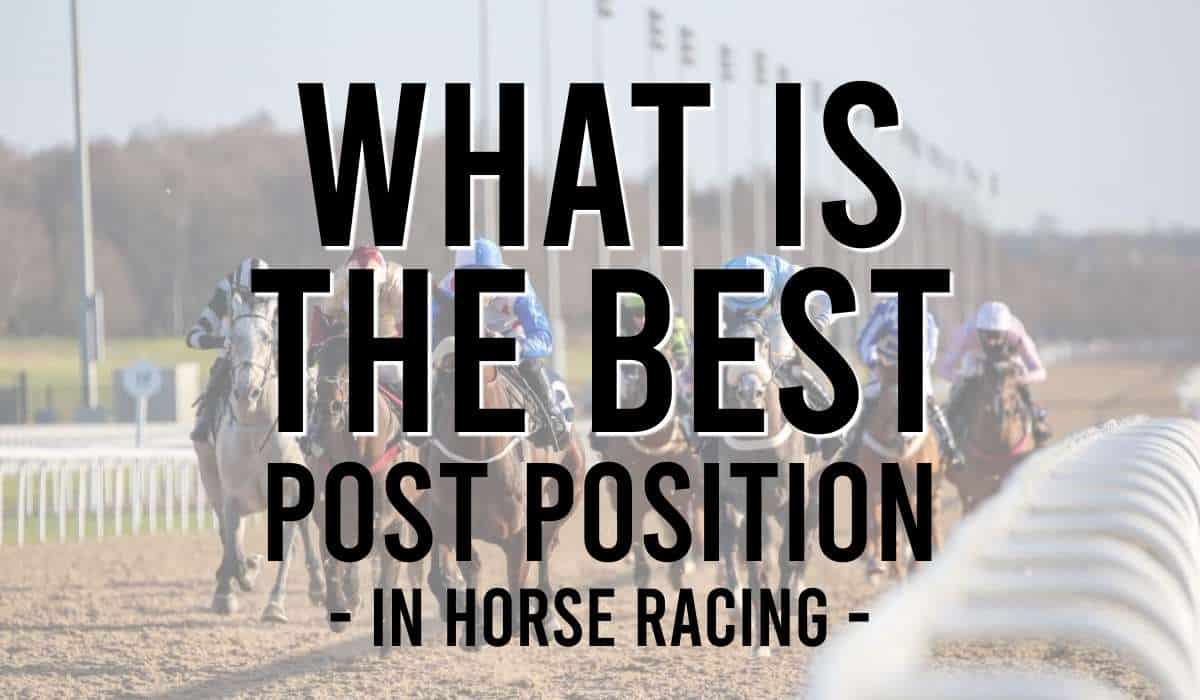
- What To Wear At The Races
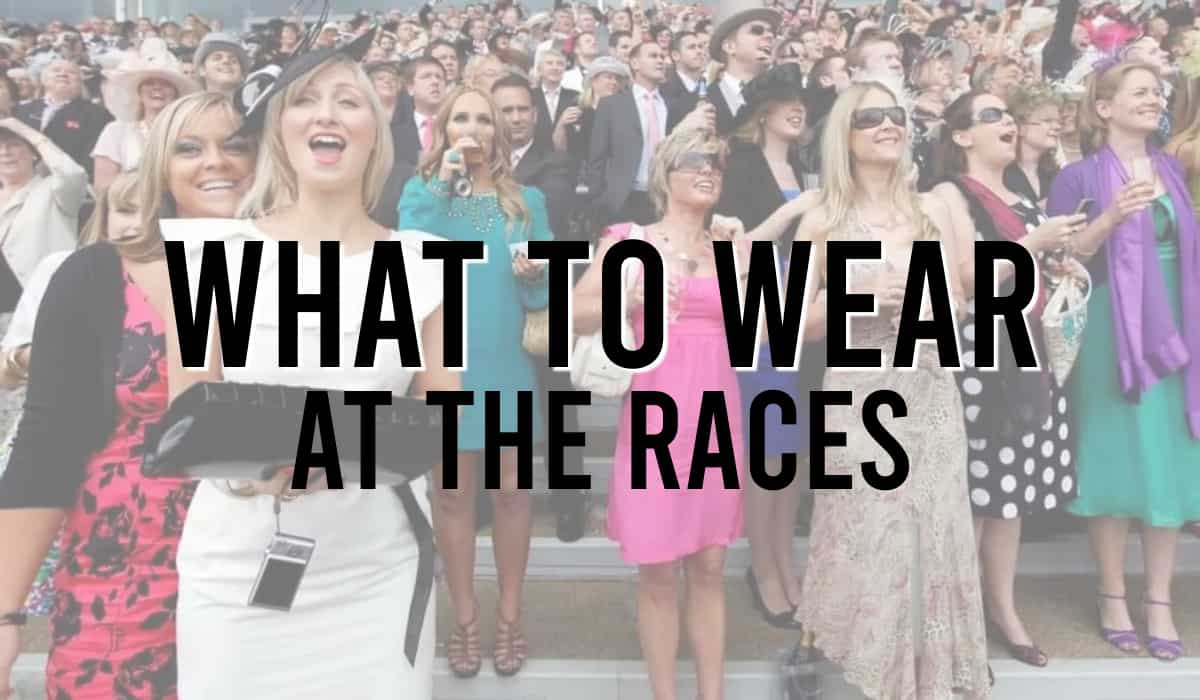
- Winning Distances In Horse Racing
